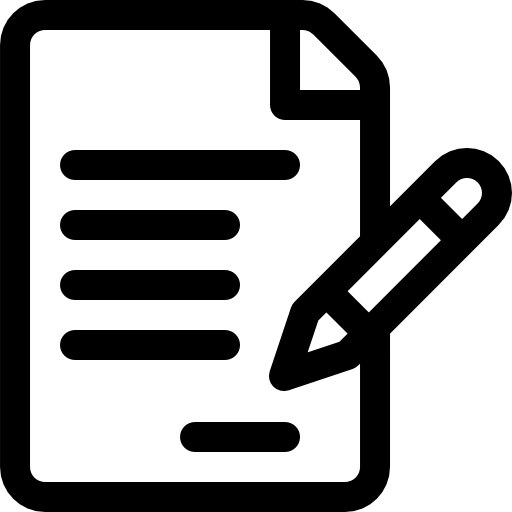Could you survive on just $6 per day without going hungry?
We challenge you to live off of $6 per day for three days to gain perspective on what life is like for those on SNAP benefits.
UNO's SNAP Challenge asks you to purchase food using only the amount of money you would be allotted from SNAP benefits daily and reflect as each day passes. The most important component of this challenge is reflection, whether that is talking with friends or coworkers, sharing on social media, or writing in a journal.
Per the Food Research and Action Center's model, the SNAP Challenge provides an opportunity to experience a small fraction of the challenges people face while receiving SNAP benefits. Participants must make difficult food shopping choices on a limited budget of $6, the average daily allotment for a single person. While living on a SNAP budget for a few days does not come close to the challenges encountered by low-income people, it provides participants with a new perspective, greater understanding, and the knowledge to better advocate for the program.
UNO's Inaugural SNAP Challenge: March 26th - 28th
Challenge Guidelines
- Our SNAP Challenge lasts three days. Decide how many days you will participate. Allocate $6 per day of the challenge. If multiple people in a household are participating, please add $6 per person per day.
- All food purchased and eaten during your challenge must be included in the total spending, including dining out.
- During the challenge, you should try eating only the food you purchase. If you eat food that you already have at home or that was provided to you by others, you must account for it in your budget.
- Take note of your experiences during the challenge, whether that is a conversation with friends or a coworker, written reflections, sharing on social media, or internal reflection. Reflections will be sent at the end of each day.
Example Reflection Questions
- What was the most difficult aspect of the challenge?
- What was the most rewarding part of the challenge?
- Did your views on food insecurity or SNAP change? If so, how?
- What did you eat each day? How did your diet differ from your everyday diet?
- What choices or trade-offs did you have to make while purchasing food?
- Where did you shop for food? Did this differ from where you usually shop?
- How did this impact you? Did you experience any physical, mental, or emotional effects? How do you think living on a tight budget on a daily basis could affect someone's physical and mental health?
- Did participation in the challenge limit your social interactions?
- How much time did you put into meal planning, grocery shopping, and meal prep? Did it differ from the time you usually put into these activities?
- Did your knowledge of SNAP benefits change or increase?
Learn more about the SNAP Challenge here!
Supplemental Nutrition Assistance Program (SNAP) is a federally funded program designed to address food insecurity among US citizens and qualified aliens (such as green card holders and refugees) in low-income households. You may know SNAP by its former name, "food stamps."
SNAP benefits are disbursed as an Electronic Benefits Transfer (EBT) card that can be used at grocery stores and some farmer's markets. SNAP benefits can only be used for household food items and exclude prepared and hot foods as well as any non-food items.
For more information about SNAP and UNO's Oh SNAP! program, please visit our site.
The SNAP Challenge aims to educate and raise awareness about food insecurity and SNAP benefits by simulating the experience of living on a limited food budget, similar to those who rely on SNAP benefits. The most important aspect is to reflect, foster empathy, and promote action both on the UNO campus and in the Omaha communities.
According to the U.S. Government Accountability Office, roughly 3.8 million college students experienced food insecurity in 2020. They found that 59% of food-insecure students who are potentially eligible for SNAP did not receive benefits.
UNO's Student Basic Needs Survey in the fall of 2023 showed that 23% of students faced very low food security, and 17% faced low food security, making it clear that worrying about having enough food to get through the month is a common concern for UNO students. Fifty-eight percent of survey respondents reported they had heard of SNAP benefits but had not utilized them. Barriers to using these supports include awareness, availability, and scarcity concerns. The stigma of asking for help and using public benefits is also a barrier for students getting the help they need and deserve.
We encourage any interested faculty, staff, student, or community member to participate! Anyone who has never received SNAP benefits will gain a new perspective by participating.
If your whole household wants to participate, please add $6 per person daily.
While we encourage participants to complete the challenge to the best of their ability, the true purpose of the challenge is to learn and reflect.
If you did not make your allowance, think about why. What consequences could you face if you were actually on SNAP benefits?
The reflection form will be sent at the end of each Challenge day to those that registered.
The Forms can also be accessed through the links below:
Completing the reflection forms are not mandatory, but highly encouraged!
Reflection can happen whenever and however fits best for you and your time. Opportunities to reflection include writing in a journal, posting on social media, talking with your family, friends, or colleagues, or taking a few moments at the end of the day to think about your experience.
